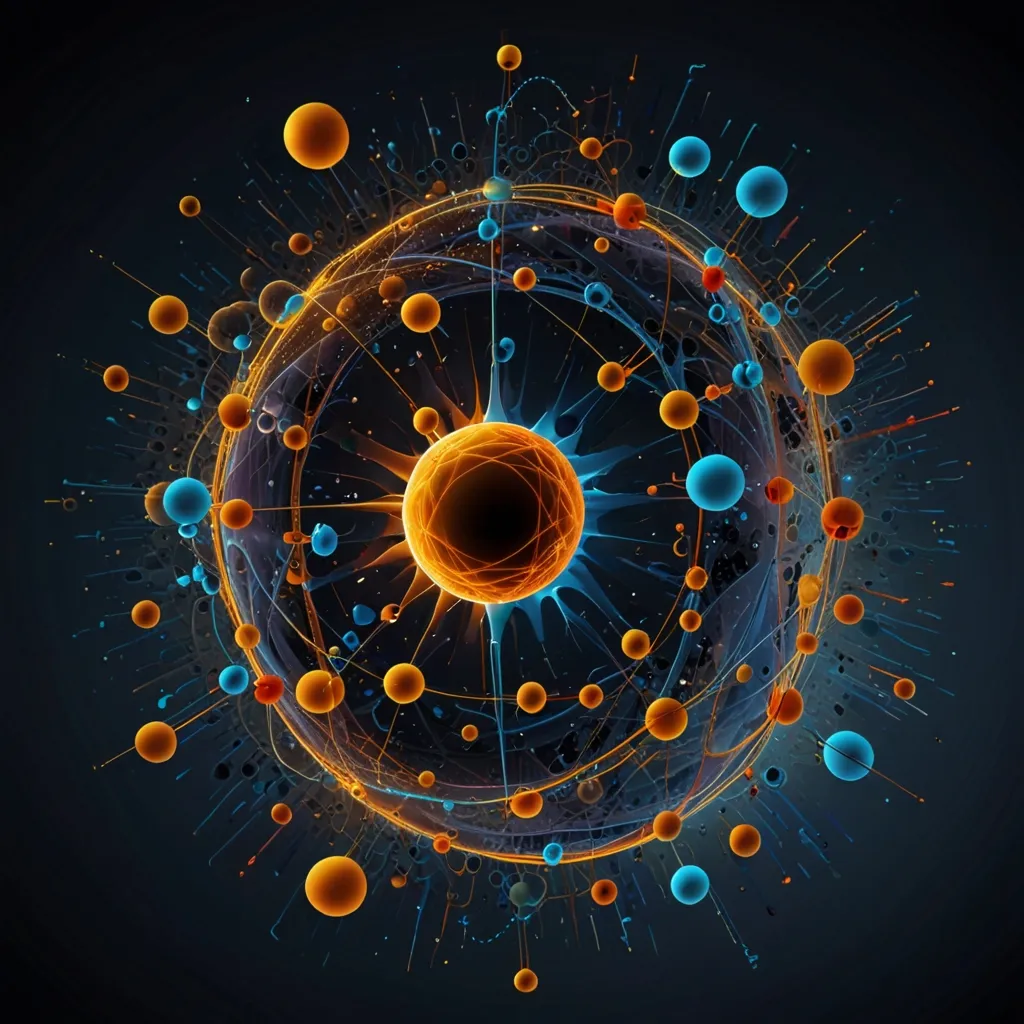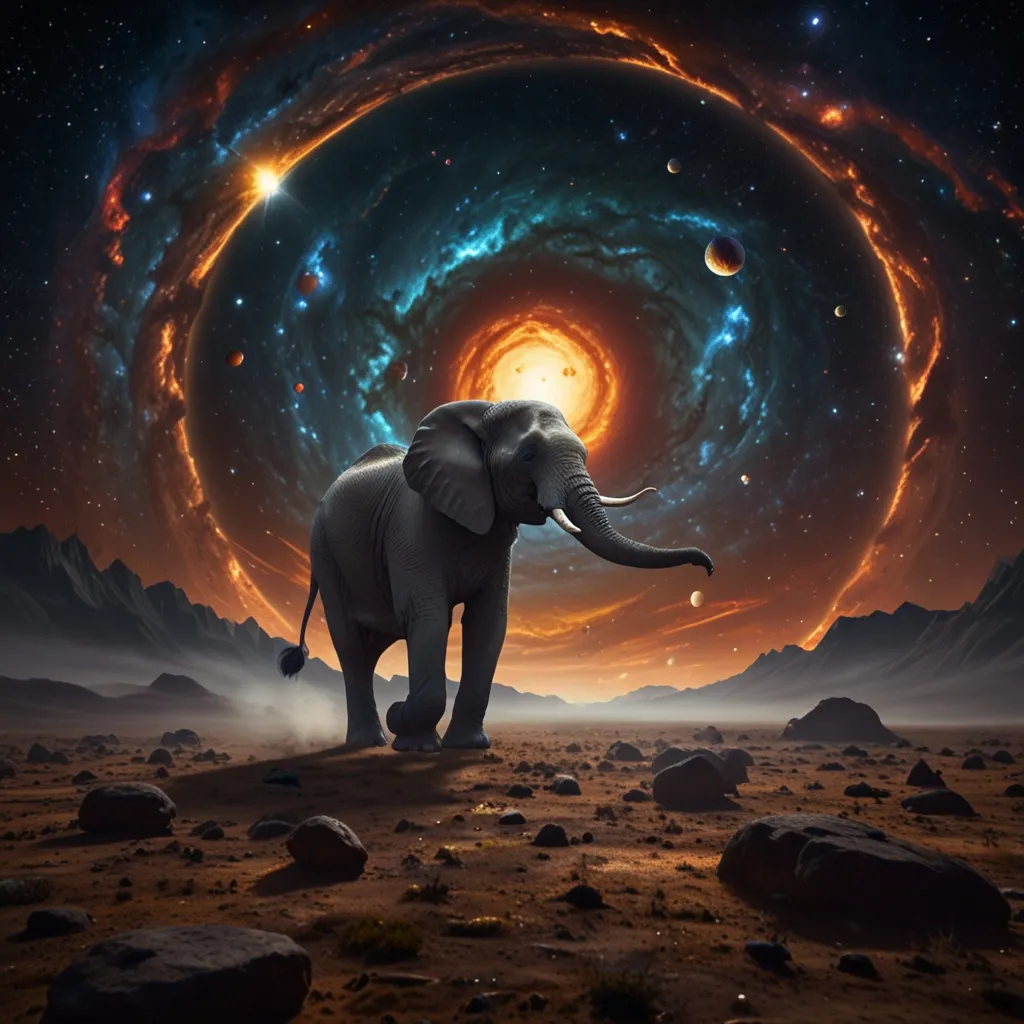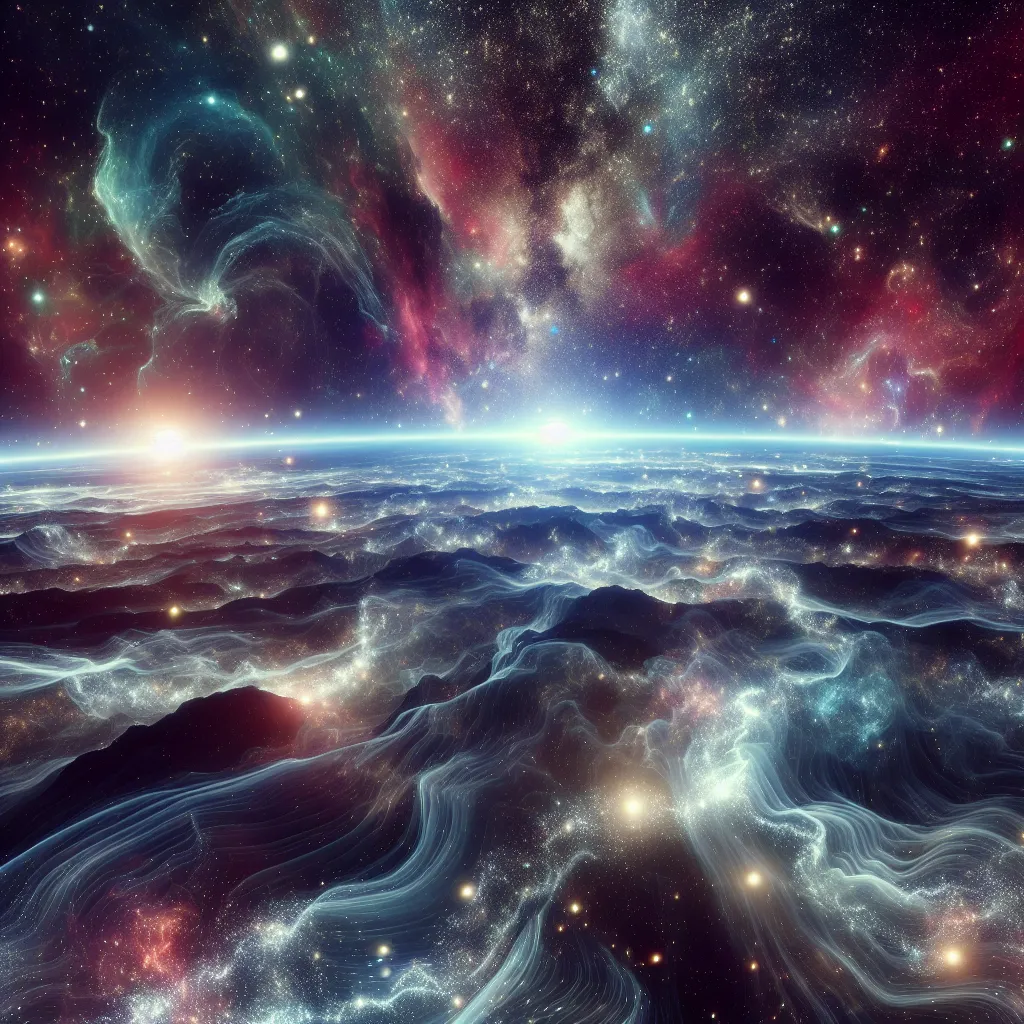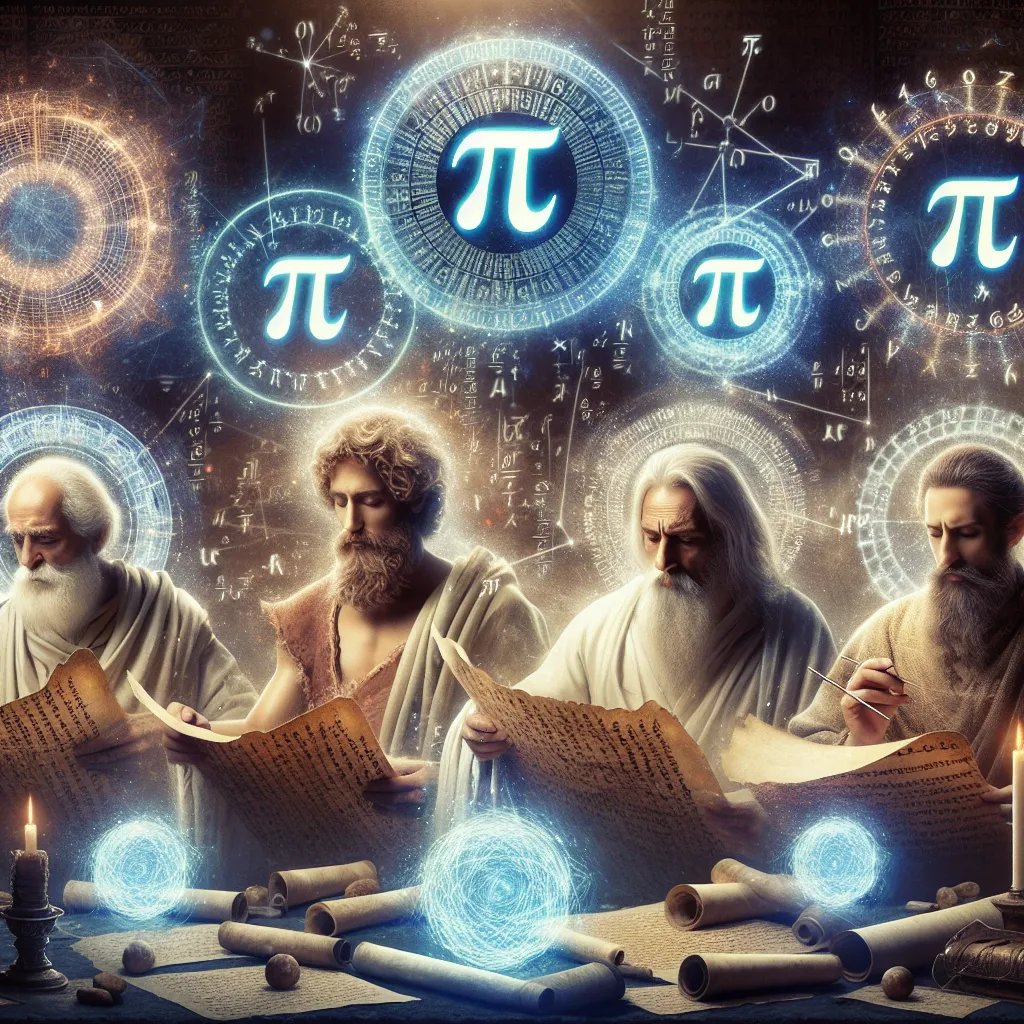Quantum mechanics and classical physics offer two distinct ways of looking at the world. If we know the position and motion of a basketball at one instant and all the forces acting on it, classical laws of motion allow us to predict the exact future position. Quantum mechanics, however, doesn’t provide such precision. It only offers probabilities of where a particle might be and the likelihood of finding it there.
This indeterminacy in the quantum world raises an intriguing question: How does the unpredictable world of quantum mechanics give rise to the predictable classical world we experience? Traditional answers have proven inadequate, and researchers have debated this since quantum mechanics emerged in the early 20th century. Let’s dive into the new understanding and its connection to time, possibility, and reality.
The core idea is that particles exist in a state of “superposition.” Imagine a pregnant couple opting not to know the gender of their baby. Whether the baby is a boy or girl remains unknown until the ultrasound scan—much like a particle in quantum mechanics. Before we measure a particle’s property, such as its spin, it exists in multiple states simultaneously—spin-up and spin-down, for instance. The act of measurement forces the universe to “choose,” collapsing the superposition into a definite state.
In classical terms, this would be like saying the baby is neither male nor female until the scan. This seems nonsensical for us but perfectly describes quantum particles. The wave function, a mathematical expression, characterizes a particle’s properties. Before measurement, it is a superposition of all possible states. The square of the wave function gives the probability of finding the particle in a specific place.
Interference experiments, like the famous double-slit experiment, illustrate this quantum strangeness. Particles like electrons create patterns as if they pass through both slits simultaneously, interfering with themselves. Such interference persists until we measure the particle, turning it into a classical object with definite properties.
This brings us to a fundamental problem: Quantum theory doesn’t explain how probabilities become certainties. Physicists had to introduce the “collapse” of the wave function, an idea from John von Neumann in the 1930s. But collapse was seen as a somewhat crude fix for making sense of the transition from quantum possibilities to classical realities.
Decoherence has provided a more sophisticated answer. Measurement isn’t magical but involves a quantum object’s interaction with its environment, entangling with surrounding atoms. This spreads the superposition and leads to decoherence, diluting the quantum nature and creating a classical outcome. The environment imprints the effects of one possible state randomly, making it appear as if a definite classical state has emerged.
Decoherence occurs as the quantum system entangles with more particles, leading to an increasingly jumbled and out-of-step wave function. The original superposition becomes unobservable in the particle alone, but remains embedded in the entire environment, creating a classical appearance.
Despite understanding decoherence, a crucial mystery remains: the point of irreversibility. Can we ever reach a point where we can’t recover the original quantum state? If the process were reversible, it would still be quantum. But when it becomes irreversible, the measurement outcome becomes real, cementing the classical reality.
Physicist Lee Smolin offers an interesting perspective: The past consists of irreversible, definite events, making it classical. The present is quantum, still unfolding and turning probabilities into actualities. This transition defines the arrow of time—moving from an indeterminate present to a definite past.
Smolin also suggests the quantum future holds only possibilities, becoming concrete as it transitions into the present and then the past. Thus, we constantly inhabit the borderland where probabilities become realities. This fascinating interplay between past, present, and future underscores the ongoing enigma of quantum mechanics.
Where do unselected futures go? Do they create alternative universes, or do we trust our intuition of a single reality? As we probe deeper, these questions remain open, teasing our understanding of the universe.






